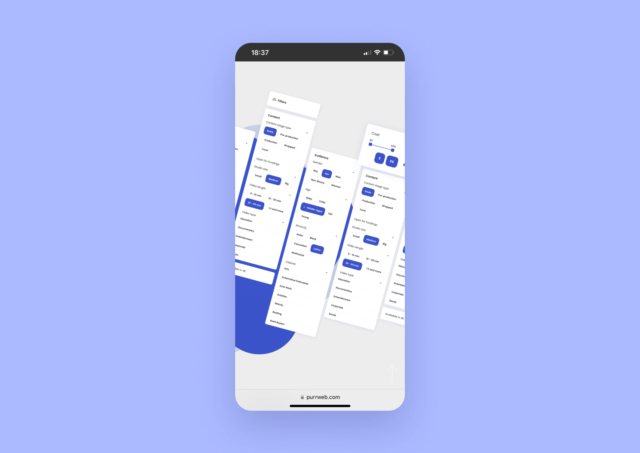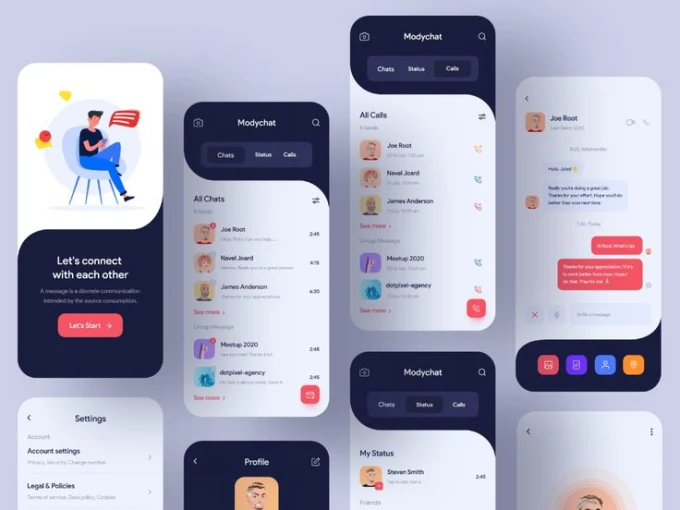As Agra’s local marketplaces continue to thrive, there is a significant opportunity to create an app that enhances the shopping experience for both consumers and vendors. With a well-designed app, you can connect local sellers with buyers, streamline transactions, and promote the rich cultural offerings of Agra. Here’s a comprehensive guide on how to build an app for Agra’s local marketplaces.

Table of Contents
Toggle1. Understand the Market Needs
Before starting the development process, it’s essential to conduct thorough research to understand the needs and preferences of the local market. Consider the following steps:
- Target Audience Identification: Determine who your users will be. Are you targeting local shoppers, tourists, or both? Understanding their demographics, shopping habits, and preferences will help shape your app’s features.
- Competitor Analysis: Analyze existing apps and platforms in the region to identify gaps and opportunities. Look at their strengths and weaknesses to find ways to differentiate your app.
- Gather Feedback: Conduct surveys or focus groups with local vendors and consumers to gather insights on their needs, challenges, and what features they would value in an app.
2. Define Core Features
Based on your research, outline the core features that will make your app valuable to users. Some essential features to consider include:
- User-Friendly Interface: Ensure an intuitive and easy-to-navigate design for a seamless shopping experience.
- Product Listings: Allow vendors to create detailed product listings with images, descriptions, and pricing. Consider integrating a search function to help users find products easily.
- Vendor Profiles: Create profiles for local vendors that showcase their story, products, and customer reviews.
- Secure Payment Options: Implement various payment methods, including credit/debit cards, UPI, and cash on delivery, to cater to different preferences.
- Order Tracking: Enable users to track their orders in real time, providing updates on shipping and delivery.
- Ratings and Reviews: Allow customers to leave feedback on their purchases and experiences with vendors, fostering trust and community engagement.
- Promotions and Discounts: Incorporate features for vendors to run promotions or offer discounts, helping them attract more customers.
3. Choose the Right Technology Stack
Selecting the appropriate technology stack is crucial for the app’s performance and scalability. Consider the following components:
- Frontend Development: Use frameworks like React Native or Flutter for cross-platform compatibility (iOS and Android).
- Backend Development: Opt for robust backend technologies like Node.js, Python, or Ruby on Rails to handle user data and transactions securely.
- Database Management: Choose a database solution like Firebase or MongoDB for efficient data storage and retrieval.
- APIs: Integrate third-party APIs for payment gateways, mapping, and notifications to enhance the app’s functionality.
4. Design an Intuitive User Interface (UI)
A user-friendly interface is key to user satisfaction. Keep these design principles in mind:
- Simplicity: Design a clean, clutter-free layout that allows users to navigate easily.
- Visual Appeal: Use appealing visuals that reflect the cultural essence of Agra, incorporating local themes and colors.
- Accessibility: Ensure that the app is accessible to all users, including those with disabilities, by considering font sizes, color contrasts, and navigation ease.
5. Implement Security Measures
Given the sensitive nature of user data and transactions, implementing robust security measures is crucial:
- Data Encryption: Protect user data with encryption to ensure privacy and security.
- Secure Payment Processing: Use secure payment gateways that comply with industry standards to safeguard financial transactions.
- User Authentication: Implement strong authentication processes, such as two-factor authentication, to prevent unauthorized access.
6. Testing and Quality Assurance
Thorough testing is essential to ensure the app functions correctly and meets user expectations. Conduct the following tests:
- Functional Testing: Verify that all features work as intended.
- Usability Testing: Gather feedback from real users to identify areas for improvement in the user experience.
- Performance Testing: Test the app’s performance under various conditions to ensure it can handle high traffic and transactions.
7. Launch and Market the App
Once the app is tested and ready, it’s time to launch and promote it effectively:
- App Store Optimization (ASO): Optimize the app’s listing on Google Play and the Apple App Store to improve visibility and attract downloads.
- Local Marketing Strategies: Use local advertising channels, social media, and community events to promote the app to Agra’s residents and vendors.
- Collaborations: Partner with local businesses and influencers to spread the word and encourage downloads.
8. Gather Feedback and Iterate
After launch, continue to gather feedback from users and vendors to identify areas for improvement. Regularly update the app to add new features, fix bugs, and enhance the overall user experience.
Conclusion
Building an app for Agra’s local marketplaces offers a tremendous opportunity to connect vendors with consumers and enhance the shopping experience. By understanding the needs of the market, defining essential features, and prioritizing user experience, you can create a valuable platform that benefits both local businesses and shoppers. With thoughtful design and continuous improvement, your app can become an integral part of Agra’s vibrant marketplace ecosystem.


No responses yet